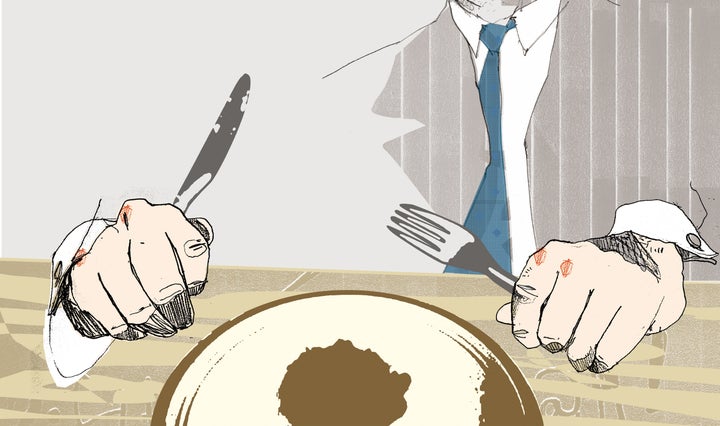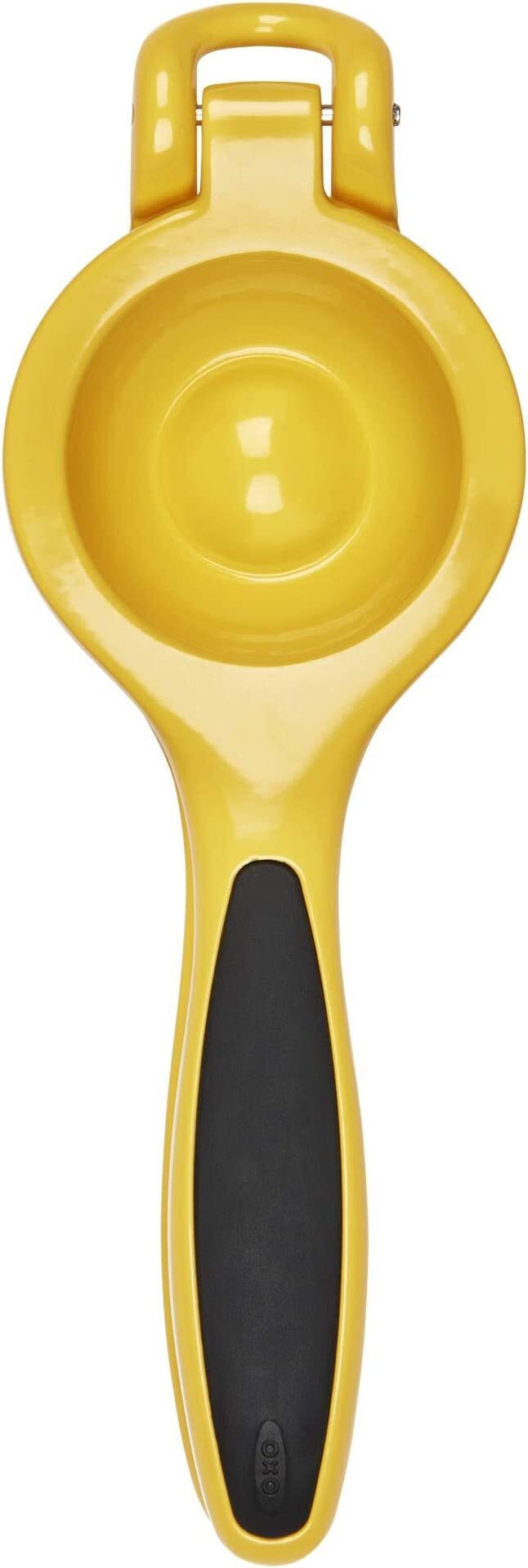
One of my first memories is around table manners, but not at my family’s dinner table. It was at a Ponderosa or some other buffet chain on Long Island ― not a place that would be considered the epicenter of etiquette. We were there for my brother’s birthday.
I grew up in a house where table manners were important. But with three children, one of whom was much younger (me) and one with developmental delays (my brother), the expectations were differentiated. My parents expected each of us to act appropriately for our developmental age. During the restaurant meal, a woman was staring from another table. It was obvious she was disgusted by the fact that my brother both chewed with his mouth open and spoke with his mouth full and, while my parents worked with him on this regularly, he still does it 40-odd years later. He is simply never going to be able to do otherwise.
These days, I have a visceral reaction to articles that pepper my newsfeed about the “rude things you should never do.” I trace it back to this woman, to the moment when she walked over to tell my parents they “should teach him some manners.” I trace it back to my parents reminding my sister and I that John-John was doing the best he could, and that it was far more important to celebrate him for who he was on his birthday than to meet this standard. To this day, I’m fascinated by people’s obsessions with so-called rudeness and the significant issues it overlooks.
The difference between politeness and civility
Most of us use manners, politeness, civility and etiquette interchangeably. Alexandra Hudson, the author of the upcoming book “The Soul of Civility,” has had a lifelong interest in this topic, likely due to being the daughter of Judi the Manners Lady. Her interest deepened when she worked in politics in Washington, D.C., and was surrounded by two extremes. “One was hostility and aggression and the other was people who knew the need for etiquette/manners and would smile and then stab you in the back the minute you walked away,” Hudson said. Neither should be acceptable.
For Hudson, it’s all about the etymology of the words. “I went back to texts that nourish me,” Hudson said, “and came to appreciate that there was an essential, fundamental difference between politeness and civility.”
Politeness comes from the Latin polire meaning to smooth or polish. “That’s what it does, it diminishes,” Hudson said. It’s knowing and following etiquette, having manners and finding them important. But, what Hudson cherishes is civility. From the Latin civilitas meaning citizen. “It’s the disposition of the heart. It’s seeing people as moral equals and deserving of a bare minimum of respect because of that,” she said.
And here is the crux of my discomfort with articles declaring what is and is not rude: How can we know if we do not know a person or their circumstances? Are we not more rude to be so obsessed with the rudeness of others?
Americans have long been obsessed with etiquette
There was a debate in the 17th century over whether Americans would follow British or French etiquette. Steven Petrow, a USA Today columnist on civility and manners and the author of “Stupid Things I Won’t Do When I Get Old,” shared that there is a clear pattern of when Americans’ interest in etiquette peaked. Petrow said, “There is a spike in interest in how to behave during times of change. Whenever the country was going through some form of social, political or cultural change, there was an outpouring of etiquette advice, etiquette books and then later in the 20th century etiquette magazine articles.”
He points to this pattern: “In the 1890s, after World War I, Emily Post wrote ‘Etiquette’ in 1922. Then Amy Vanderbilt [came along] in the post-war era (early 1950s) and then Judith Martin (Miss Manners) [in the ’70s].”

He says Miss Manners made a monumental move in support of LGBTQ marriage in 2014, a year before same-sex marriage was legalized in all 50 states. “She answered the question, ‘How do I introduce two homosexuals?’ and she said, ‘How do you do, and, how do you do.’” She very plainly stated that couples should be introduced as their role (husband and husband, for example).
Unfortunately, these etiquette rules are usually written by people in positions of power and privilege, and if we’re not careful they can be used as a way to “other.” We look down on those who might not know which fork is correct. And experts agree this is the antithesis of what we should do.
Know when to break the rules
Hudson shared a story that drives the point home. “Queen Victoria was hosting the Queen of Sheba, [who] took a sip from a finger bowl. Queen Victoria did the same thing. It’s an endearing story and a beautiful one. The spirit of true grace and civility is about way more than the rules, it’s about knowing when to break the rules for the spirit of friendship and being together,” Hudson said.
Petrow’s philosophy is similar: “I’ve long said that my mantra is — and this is a paraphrase from the Dalai Lama — know the rules well so you can break them effectively. I still maintain that.”
In the spirit of civility, let’s all take a breath before we get unnecessarily upset at someone’s manners and try to be more inclusive when it comes to dining norms. Of course we should all follow the lead of our hosts, and Petrow shared a great mode of knowing how to behave. “My advice is also ‘my house, my rules,’” he said. This applies to eating in someone’s home, at a restaurant or in another country.
Before you get upset about:
- Someone eating with their mouth open or speaking with food in their mouth: Pause to remind yourself that they could be a person with a developmental delay or a swallowing or breathing disorder. They may be from a culture where this is normal and not used to eating in another way.
- Someone eating with their hands: If a guest at your table is a new American who has never eaten with a fork, they may default to using their hands if they are having significant trouble. This is especially true with children and the elderly. Cultures throughout nearly every continent use food as a utensil, usually bread.
- Someone using the wrong utensil: Chances are, they have not been exposed to the same introduction to etiquette as you.
On a final note, please consider the pineapple if you find yourself viewing your impeccable table manners as a sign of your status.
“In England in the 18th century, the pineapple was a sign of luxury,” Hudson said. “It could fetch the equivalent of $8,000 today. It was such an extravagant luxury symbol that everyone wanted to possess. So, enterprising individuals started rent-a-pineapple businesses. Once everyone started to have them, the elites had to find a new symbol.” Hudson ended this story by saying, “The idea that you can shortcut your way to the top by buying something undercuts civility.”
Knowing the rules and following them is great, and will definitely win you points. But don’t let it be your pineapple. Always remember that, as Petrow said, “There are many times when in different cultures, different communities, things are done differently and they can be equally right because they are organic to who you are and your community even if not always universally accepted.”
